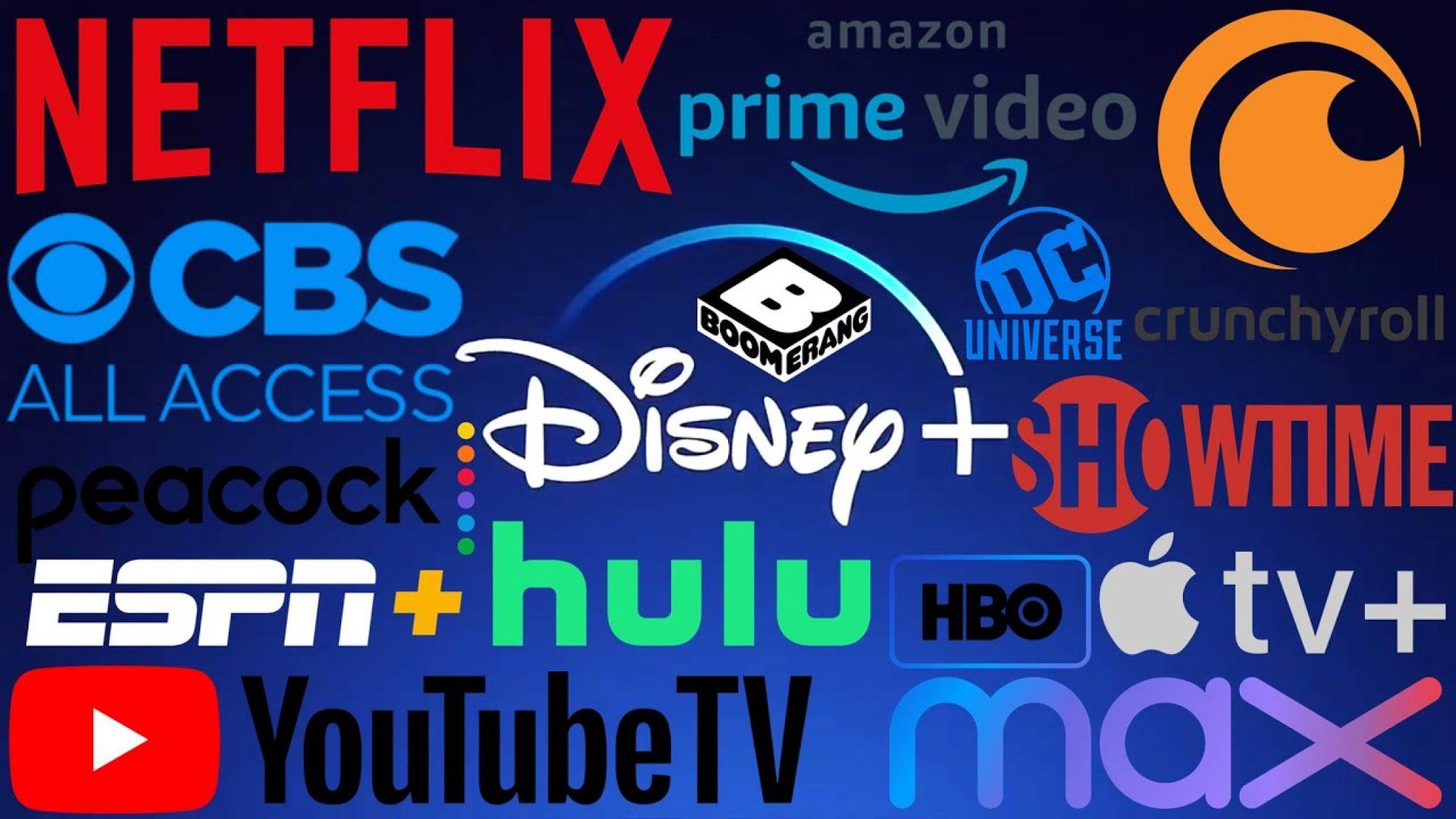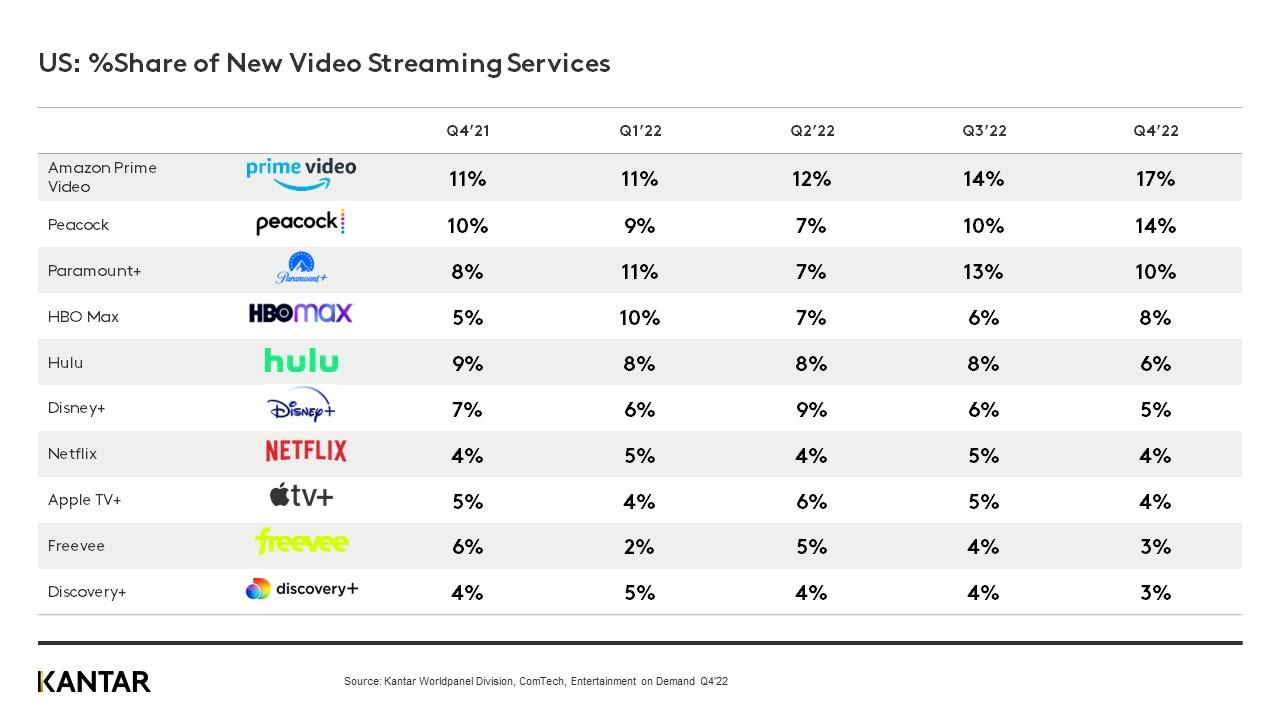In recent years, the rapid rise of streaming platforms has revolutionized the entertainment industry, offering unprecedented access to diverse content for audiences worldwide. As this digital transformation continues to reshape how we consume media, it has sparked an ongoing debate about the compensation models for actors and creators. Central to this discussion is the question: should streaming services pay more royalties to the talent behind the content? This article delves into the complexities of this issue, examining the economic, creative, and ethical dimensions that influence the evolving landscape of entertainment royalties. By exploring various perspectives, we aim to provide a balanced analysis of whether the current compensation structures align with the contributions of those who bring stories to life on our screens.
Evaluating the Current Royalty Structures in Streaming Services
The ongoing debate about compensation in the entertainment industry has brought attention to how royalties are distributed by streaming services. Current royalty structures often favor platforms over creators, leading to dissatisfaction among actors and content creators. While streaming services argue that their models provide wide exposure and accessibility, many creators feel that the financial returns do not reflect the value they bring. This discrepancy raises questions about fairness and sustainability in the digital age.
- Complex Calculations: Royalties are often calculated based on a combination of views, subscription models, and regional factors, making it challenging for creators to predict earnings.
- Lack of Transparency: Many creators express frustration over the opaque nature of royalty calculations, which can obscure how payouts are determined.
- Market Influence: Larger platforms hold significant bargaining power, often setting terms that smaller creators must accept to gain visibility.
Reevaluating these structures could lead to more equitable compensation, ensuring that creators receive a fair share of the profits generated by their work. The conversation around royalties is crucial as it impacts the future of creative industries and the livelihoods of those who fuel them.

Impact of Streaming Revenue Models on Actor and Creator Earnings
The shift from traditional media to streaming platforms has significantly reshaped the landscape of earnings for actors and creators. Streaming revenue models often prioritize subscriptions over individual sales, leading to a more complex and sometimes opaque distribution of funds. While platforms like Netflix and Amazon Prime invest heavily in original content, the compensation models for those involved in production can vary widely. Unlike traditional syndication deals, where actors might receive residuals based on reruns and network airings, streaming services often offer a one-time payment or limited royalties, which can be less lucrative in the long run.
- Limited Transparency: The exact metrics and criteria for royalty distribution are often not disclosed, leaving creators uncertain about their earnings.
- Increased Competition: The surge of content on streaming platforms means more competition, potentially diluting the earnings pool.
- Global Reach vs. Local Earnings: While streaming offers a global audience, the earnings model does not always reflect the expanded reach.
These factors prompt ongoing discussions about whether current compensation structures adequately reflect the value actors and creators bring to streaming platforms. As the industry evolves, there is a growing call for more transparent and equitable revenue-sharing models that align better with the modern digital landscape.

Balancing Profitability and Fair Compensation in the Streaming Industry
- Revenue Growth vs. Cost Management: Streaming services are experiencing unprecedented growth, with millions of subscribers worldwide. However, the challenge lies in managing costs effectively. As platforms continue to invest heavily in content creation and technology, there’s a constant balancing act between achieving profitability and ensuring fair compensation for those who bring stories to life.
- Equitable Royalty Structures: A re-evaluation of royalty structures is crucial. Actors and creators argue that while streaming services reap substantial financial benefits, the compensation models have not evolved to reflect this new landscape. Advocates suggest that adjusting royalty payments to be more reflective of viewership and engagement metrics could lead to a more equitable distribution of wealth, fostering a sustainable ecosystem for talent and creativity.

Recommendations for Reforming Royalty Agreements in Digital Media
In the evolving landscape of digital media, revisiting royalty agreements for actors and creators is crucial. As streaming platforms dominate the entertainment industry, the traditional models of compensation often fall short of reflecting the actual value generated by these services. To address these disparities, several recommendations can be considered:
- Dynamic Royalty Structures: Implementing flexible royalty agreements that adapt to the popularity and viewership metrics of content can ensure fair compensation. This model would incentivize quality production and reward creators proportionately.
- Transparency in Revenue Sharing: Platforms should provide clear insights into how revenues are generated and distributed. By fostering transparency, creators can better understand their earnings and negotiate fairer terms.
- Regular Contract Reviews: Periodic evaluations of royalty agreements can help adjust terms in line with market trends and technological advancements, ensuring that all parties benefit equitably from digital distribution.
Such reforms could lead to a more balanced ecosystem, where creators are fairly rewarded for their contributions and streaming services continue to thrive.



